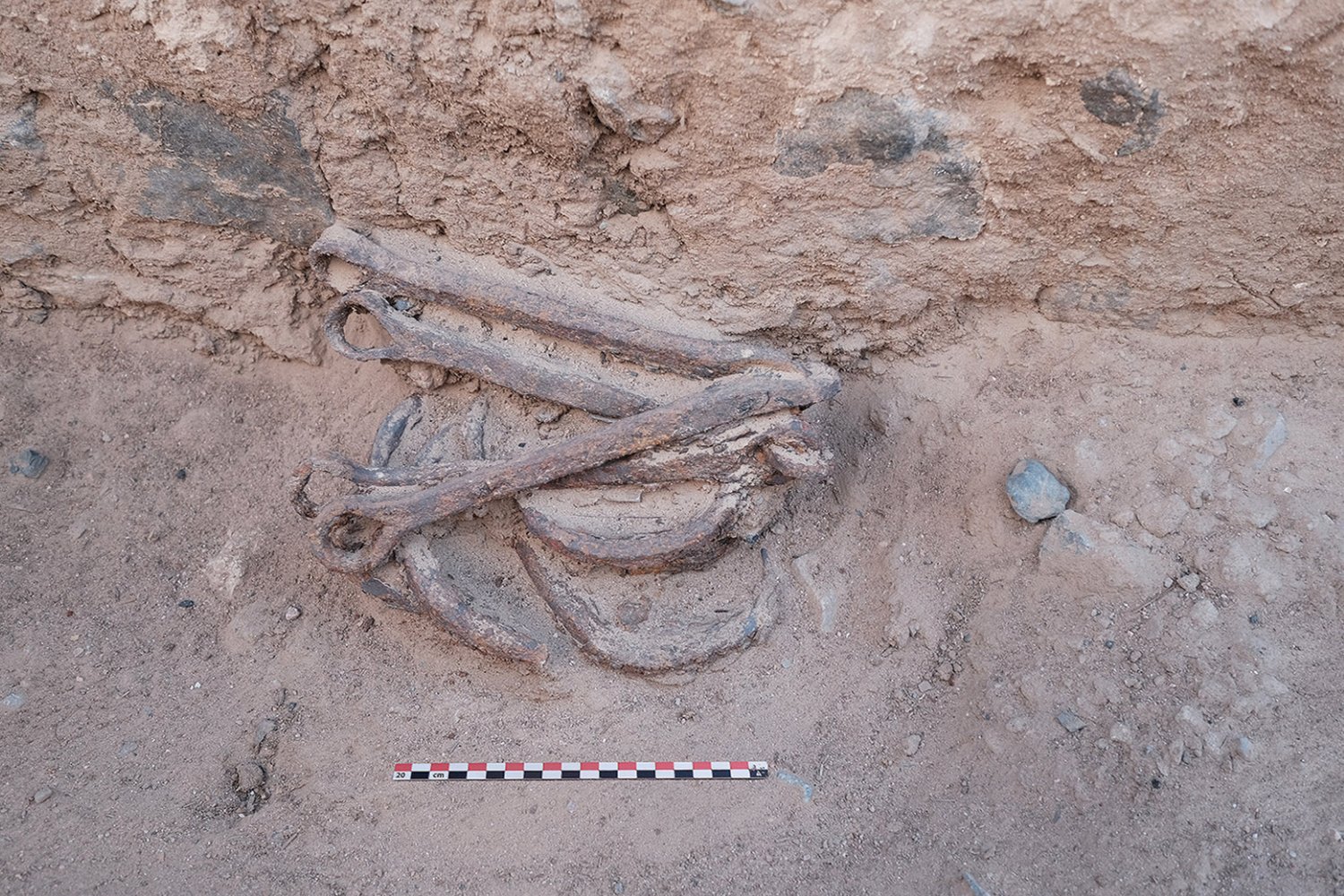In the second century, the Greek historian and geographer Agatharkhids wrote about the severe working conditions of the criminals and war among the ancient Egyptian gold mines, and they are also very much due to their deeds in their work all night. «
Archaeologists discovered the rare iron shackles used to close the legs of workers as described in the text of Agatharxides in the Ancient Egyptian gold mining. Artifacts stressed the harsh conditions of gold miners in ancient Egypt in the second half of the third century, despite the previous evidence of the previously forced labor. An archaeologist in the history and sources of the laboratory of ancient worlds in France detailed in detail learn The ancient city magazine was broadcast in mid-March.
Although the mining mining in ancient Egypt, BCE returned to 1500, the Greek period (332-30 BCE), Macedonia and the Greek Ptolemaik dynasty saw a certain increase in mining activities. In fact, Ptolemia were opened about 40 mine in the Kingdom of Petolemis to finance military campaigns and construction projects. According to the research, Samut said that a miners in northern Samut lived in protected dormitories.
Ghozza did not bring much evidence to the forced labor. Instead, archaeologists have discovered the records of salaries for the neighborhoods, street, baths, administrative buildings and even some employees. In general, the findings first offer a more freely environment than Samut north. That is, until January 2023, the team finds iron shackles inside a group of buildings dedicated to or dedicated to the maintenance of metal objects. Some of the oldest ones found in the Mediterranean include the works, a bark that ties many feet.

« These victories were not intended to limit animals, because in the eastern desert, rope gardens were used for this purpose, » he said. « Instead, it was intended for human use; when an inmate was closed around the ankles, these defects could not be disabled. When the hands allow them to be released, it would be slow and tedious, especially taking into account their weight. »
The caps show that some workers in Ghozza are engaged in forced labor. In the 1870s, they look like other molds found in a Greek silver mine. Among the other evidence, the same period, including the same period, including the semblance, Greek and Macedonian mining technology, also offers vehicles, including tools used in Egyptian mines.
The discovery of Shadows in Ghozza reminds the commitment of harsh realities in Ptolemaik gold mines. There is a history of Egyptian wealth and the grant of the Eastern Desert. » « Gold removed from these mines helped to finance the ambition of Egypt’s rulers, but it came to a significant man’s worth, » he said.
It should be noted that the ancient Egypt’s trust in the binding labor is not uniqueMany ancient civilizations Did the same thing. Archaeologists hope to open the habitats of employees who can do light or not whether the free workers are forced.













Leave a Reply